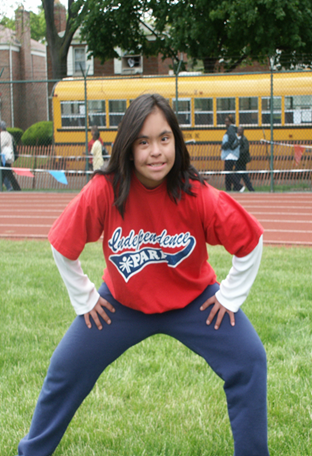 Be aware that an intellectual disability may not be apparent. Before you place unrealistic expectations on a student, check his or her paperwork or ask his or her parents if you have concerns.
Be aware that an intellectual disability may not be apparent. Before you place unrealistic expectations on a student, check his or her paperwork or ask his or her parents if you have concerns.
Consider how your information is presented on a daily basis. If it is only spoken once to a crowd of students it may be challenging for some students to comprehend. Be sure to provide directions in alternative formats, such as in a step-by-step format using words and pictures.
Along those same lines you want to make sure that students fully understand the task you have asked them to complete. They may have a desire to please you and therefore say yes or not acknowledge that they do not understand the activity.
When learning a new task, be sure to provide all students sufficient time to learn it. Some students may be significantly slower learners than others. Multiple repetitions may be required. Additionally, some students may demonstrate a poor kinesthetic sense, which could create problems with their balance and gait, particularly when performing new, more detailed tasks.
